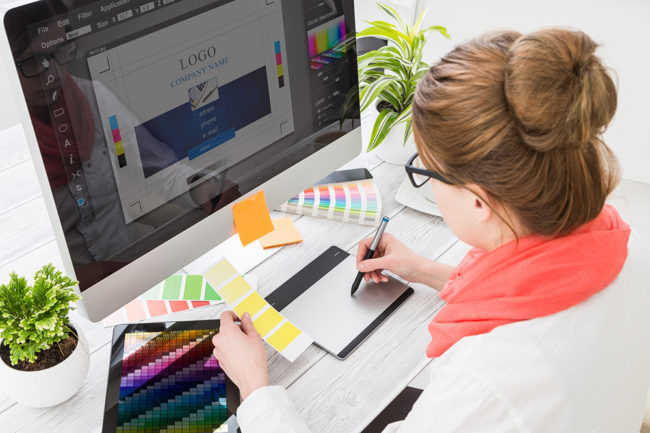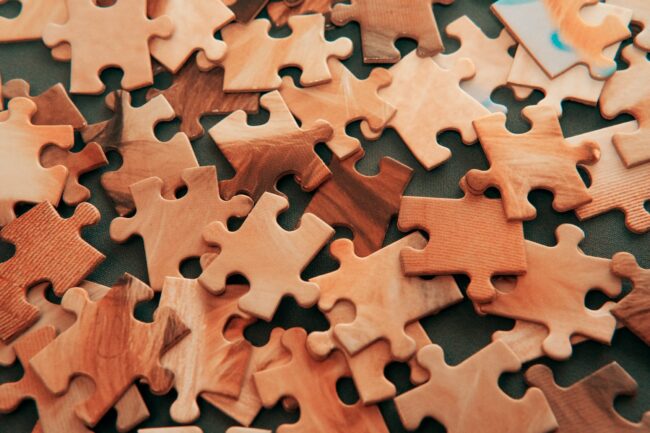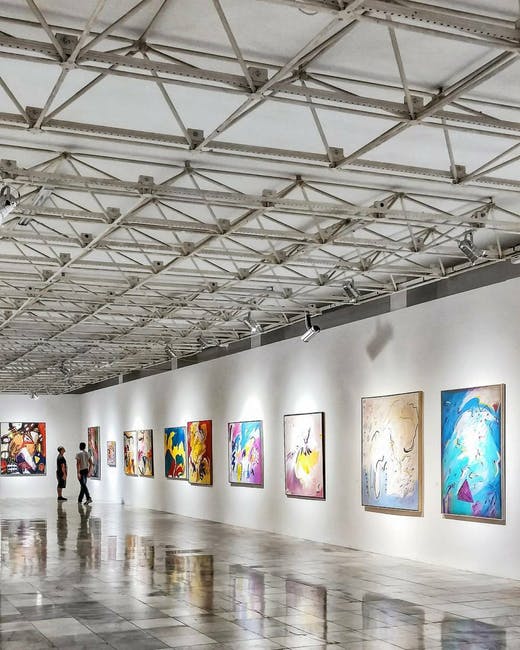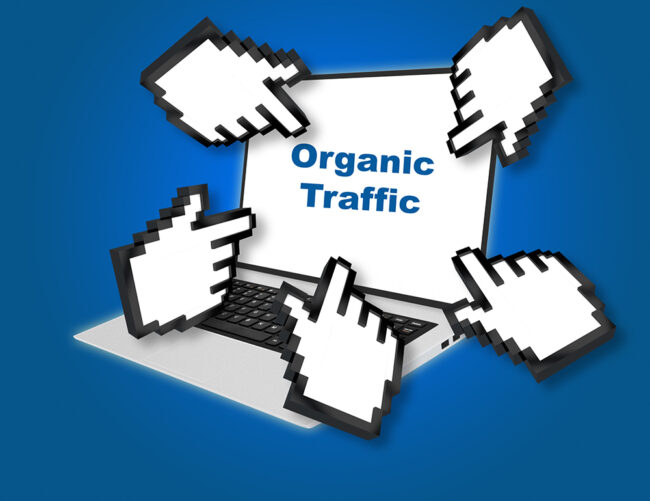Almost everywhere you look, you will see images and advertisements. Everything you see from large billboards and logos to packaging and artwork used the creativity of a graphic designer.
Graphic design is an exciting career. With a graphic design degree, you’ll find career opportunities across many different industries.
Do you enjoy movies, music, and TV shows? Design movie posters, CD covers, and flyers for movies and bands.
Do you love food? Design food magazines, books, and blogs for restaurants and farms.
But a graphic design degree can let you do more than just design. There are many career paths where creativity and design are necessary.
Do you want to pursue a degree that puts your creativity to work? Here are 9 surprising careers you can do with a graphic design degree.
About the Graphic Design Degree
You can pursue a graphic design degree at a 2-year, 4-year, or online college. You’ll learn about the elements and principles of design, best practices, and how to create effective imagery.
It’s a fun and creative degree option that promises many career opportunities when you graduate. As you gain experience, you’ll find more creative opportunities in almost every industry.
1. Graphic Designer
The most obvious career path for those with a graphic design degree is to become a graphic designer. It’s fun, creative, and lets most designers use their creativity every day.
As a graphic designer, you’ll create graphics, branding, and layouts for websites, magazines, logos, and more. Your responsibilities will vary depending on the company you work for.
You can work for one company creating graphics and branding for that specific business. Another option is to work at a graphics or marketing firm where you can create designs for several different businesses. Or, freelance and work for whichever businesses you’d like.
Almost every company in every industry needs logos and designs to market their brand. Every day is different and full of new and exciting challenges.
2. Web Designer
A web designer has many similar responsibilities as a graphic designer, except your primary focus is the web. Web designers design and layout web sites, web pages, and more using the same design elements as a graphic designer.
You will need to learn some code such as HTML, CSS, and JavaScript to get you started. You may want to consider taking additional classes to learn best practices for web management and designing effective sites.
3. Art Director
Art directors take charge of the entire graphics process and layout of products. This includes magazines, product packaging, movie productions, and more. While designing and planning, they also direct and work closely with other artists and content creators on their team.
Art directors also work closely with their clients and employers. The art director ensures all creative works meet objectives and fit budgets. They understand the target audience, oversee the creation of the product and meet with clients and employers.
4. Concept Artist
Before a team of creatives work on a film, game, or advertising project, a concept artist will create the visuals to a story. They use their imagination and creativity to create characters, places, and moods.
The art and designs you create are a reference throughout the entire creation process. Other responsibilities include interpreting briefs, pitching ideas, and researching topics. You also need to be comfortable using Photoshop, Sketch, and other digital software to create wireframes and designs.
5. Interaction Designer
An interaction designer’s job is to create engaging web interfaces. You’ll need an understanding of design principles, typographic design, and hierarchy.
These interfaces must be user-friendly and well-planned based on users’ actions and behaviors. Interaction designers can work with software interfaces, websites, and apps.
Before they begin designing the interface, the designer will research and study their target audience. From there, you’ll create wireframes and prototypes to test the interface’s usability. The goal of the final interface is for it to work and function as intended for users.
6. Logo Designer
A logo designer is very similar to a graphic designer except your primary focus is designing logos. Logos are a graphically designed symbol that becomes the identity of a company or product. It can use colors, shapes, and typography.
Most businesses prefer to work with a professional designer to create their logos. You can design logos and badges for flyers, signs, and more.
Water bottles, blankets, and stickers are a great way to share logos. As you grow professionally you’ll find out more great ways to use logos.
7. Multimedia Specialist
As a multimedia specialist, you’ll design and develop applications that use multiple media. The most common media you use will be for CDs, online, or DVDs. This includes audio, visuals, animation, and more.
A graphic design degree will help you work with photography, graphics, and text. If you decide to pursue a career in multimedia, you’ll want to keep learning how to use different media such as audio and animation.
Other responsibilities include meeting and advising clients, design creation, and writing files in HTML, JavaScript, or C++ code.
8. Flash Designer
Flash designers primarily use Flash, a multimedia program, to design and layout graphics for the web. Today, Flash is becoming a popular choice for creating online effects and designs.
Your graphic design degree will help you with the design elements in Flash. If you want to pursue a career as a Flash designer, there are courses you can take to become a certified designer. It’ll boost your credentials and show prospective clients or employers you have the necessary skills to work in Flash.
9. UX Designer
A UX designer works to create products, interfaces, and services that are easy and enjoyable for users. The UX designer bases every design and layout decision on the target user. They research user’s behaviors, actions, and needs to determine how to layout a product and its content.
UX designers create user personas, wireframes, and prototypes to test with users before they develop the final product. This ensures the product will be as effective and useful as possible for users.
Graphic Design is Full of Opportunities
If you’re looking for a degree that offers plenty of career options, then a graphic design degree is for you. It offers you the flexibility to move into different careers and continue to use your creativity. A career in graphic design is fun, rewarding, and never boring.













